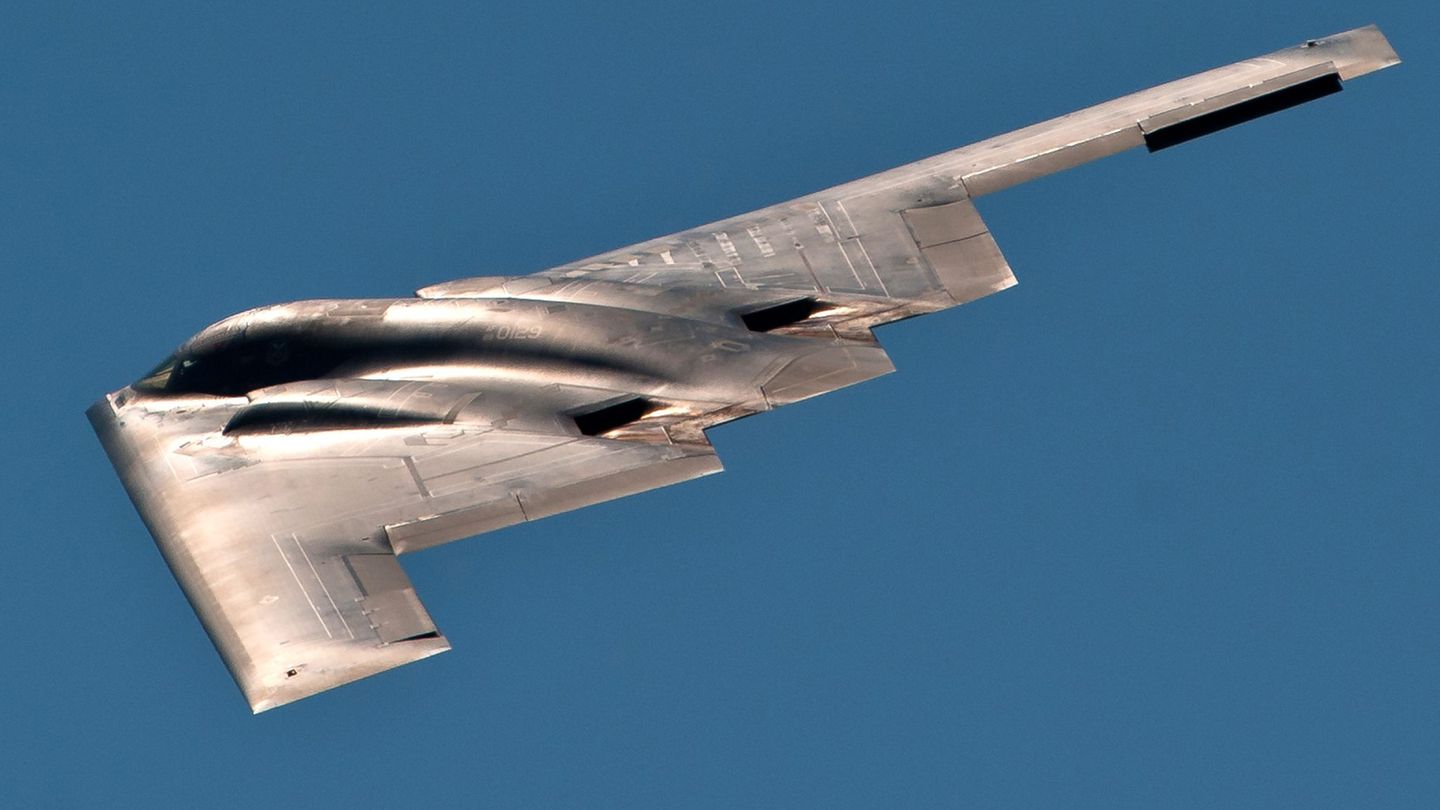Income, net of IMF contributions and wealth tax, increased 63.9% per year and expenses 46.5% per year. This denotes that Argentina had a very good year in terms of revenue, while trying to contain spending.
We now show the deficit result of the State, namely:
- Fiscal Result (With SDR and Wealth Tax) $ 791,523 – 1.8% GDP
- Fiscal Result (Without SDR and with Wealth Tax) $ 1,218,924 – 2.7% GDP
- Fiscal Result (Without SDR and without Wealth Tax) $ 1,460,965 – 3.3% GDP
The government could show these three results and would not be lying, however, facing the year 2022, the budget is working with a fiscal deficit of 3.3% of GDP. As in 2022 there would be no inflow of money from the IMF and no wealth tax, the government would seek to freeze the level of deficit in terms of GDP.
The government works on the nominality of the deficit, betting that the high levels of inflation will end up liquefying it. This would not be bad if the financing of said deficit would be genuine, but this is not the case.
In the last 12 months, the monetary issue, without taking into account the extraordinary income of the SDR, amounted to $ 1,312,713 million, this sum is very high, which enables us to think that State financing is carried out mainly with issuance of pesos.
The issuance of pesos is transformed into debt for the Central Bank in the future. As of November 30, the Central Bank debt (added the leliq and the repos) is $ 4,380,832 million. This stock of debt remunerates a rate of 38% per year in the case of leliq, which represents an effective annual rate of 45.4%, or a rate of 36.5% per year in the case of repos, which represents a annual effective rate of 42.7%.
In the last 12 months, the Central Bank’s debt stock grew at an annual rate of 70.8%, this increasingly becomes a wheel that is impossible to stop.
The interest paid by the Treasury increased 6.8% and amounted to $ 679,872 million, it is a low amount since it arises from paying the restructured debt in September 2020 with a low interest rate.
What about debt?
With data as of November 30, the debt reported by the Ministry of Economy amounts to US $ 350,973 million, this reflects a rise of US $ 17,998 million in 2021 and, if we measure it against November 2019, it increases by US $ S 40,194 million.
It is extremely striking that in the last two months the debt has grown by US $ 10,912 million, it is in the months of September to November, in the same range of time in which the silver plan was established.
So far in 2021, the government has placed the equivalent of US $ 19,027 million in debt in pesos adjusted by CER, while it has rescued debt denominated in foreign currency.
The government has transformed inflation-adjusted debt into the great attraction of the market.We hope that the incorporation of careful prices in the sample of the retail price index that relies on the INDEC will not end up generating mistrust and the market will put aside this type of instruments.
The Central Bank’s debt measured in dollars went from US $ 17,338 million in November 2019 to US $ 43,407 million as of November 2021, an increase of US $ 26,069 million. In the last two months, this debt grew by US $ 1,388 million, another unequivocal symptom of the silver plan.
Conclusions.
The primary fiscal deficit in the 2021 budget stood at 4.2% of GDP. Taking the last 12 months, to November 2021, the fiscal deficit, without accounting for the IMF SDR or the wealth tax, stands at 3.3%. Something gets better.
The primary fiscal deficit, in the 2022 budget, is located at 3.3% of GDP, with which the idea is to keep the variables in the place they are, the adjustment will be for another time.
As we can see, the government seeks to nominalize the deficit and play to liquefy it with inflation. The problem is that it does not find genuine financing, the issuance of banknotes and debt in the last two months is overwhelming.
Between the debt placed by the State and the absorption of pesos by the BCRA, the debt of both grew by US $ 12.3 billion between September and November, which is what the silver plan cost to lose the elections according to the arithmetic readings, or win them according to political readings.
With this rate of issuance and debt, there is no doubt that the government does not generate confidence, therefore, we do not see that the Central Bank has the possibility of increasing its stock of reserves, which is the most relevant indicator for an economy plagued with accounting tricks.
Reserves in November 2019 were US $ 43,772 million, as of November 2021 they were US $ 41,530 million and it is expected that by December 31, 2021 they will be below US $ 40,000 million.
Not having signed an agreement with the IMF denotes a certain degree of economic irrationality, since it would have been possible to refinance debt, end the year with reserves above US $ 40,000 million and have achieved a better business climate.
The silver plan had its cost and we will pay for that in the summer, when the demand for money falls and the greater amount of money issued, the increase in the debt stock of the Central Bank and the Treasury will end up drowning the private sector that every day that passes they have less funding.
Financial analyst
Source From: Ambito




